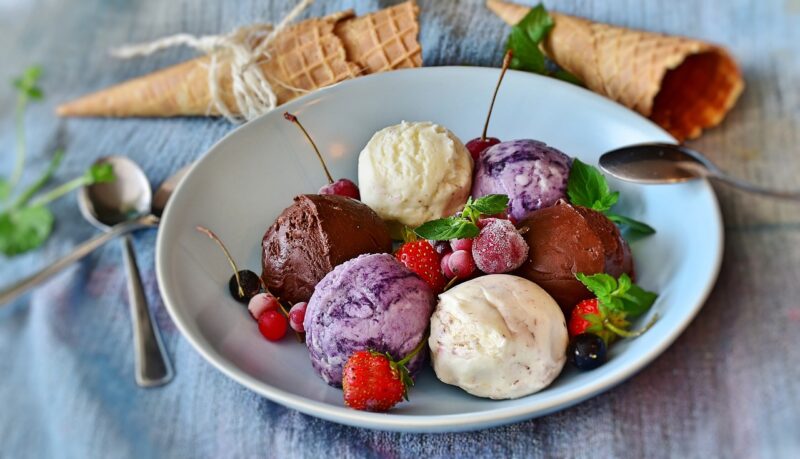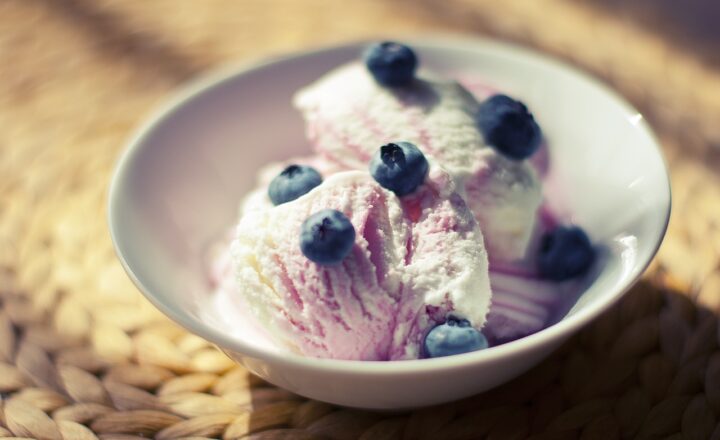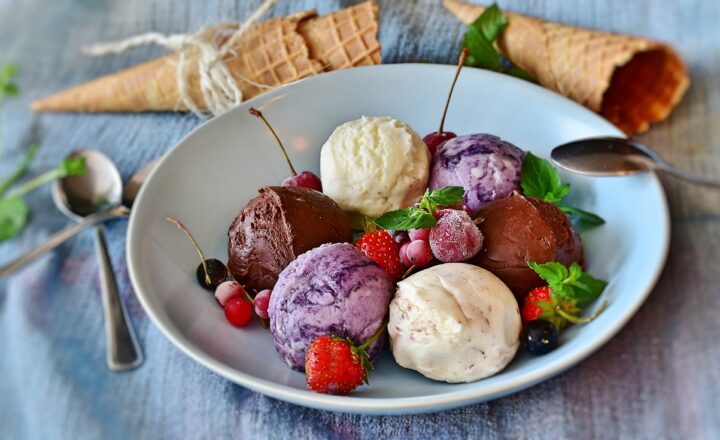The Art of Ice Cream Sculpting: How It’s Turning Desserts Into Masterpieces
November 16, 2024

Ice cream, a beloved dessert around the world, has been transformed from a mere treat into an art form through the innovative practice of ice cream sculpting. Artists and dessert enthusiasts alike are recognizing the imaginative possibilities of this cold confection, pushing the boundaries of creativity to create exquisite sculptures that tantalize not only the taste buds but also the eyes. In this article, we’ll delve into the fascinating world of ice cream sculpting, exploring its history, techniques, and the creative minds behind these delicious masterpieces.
1. A Brief History of Ice Cream Sculpting
Ice cream has a long and storied history that dates back thousands of years, with origins believed to stretch back to ancient China where a mixture of milk and rice was frozen in the snow. However, ice cream sculpting as we know it today began gaining popularity in the late 20th century as dessert culture evolved. The rise of reality baking shows and dessert competitions brought attention to the artisanal aspects of dessert-making, creating a platform for ice cream sculptors to showcase their skills.
Ice cream sculpting combines elements of fine art and culinary skill. It allows pastry chefs and artists to express their creativity in an edible medium, crafting intricate designs that range from lifelike animals to enchanting landscapes. This form of art has been embraced globally, with competitions showcasing the best ice cream sculptors and attracting audiences from around the world.
2. Techniques and Tools of the Trade
Ice cream sculpting requires a combination of culinary expertise, artistic vision, and specific tools. Here are some key techniques and tools commonly used in the practice:
- Choosing the Right Ice Cream: The success of an ice cream sculpture relies heavily on the type of ice cream used. High-quality, low-overrun ice cream works best as it is denser and holds its shape better during sculpting. Many artists opt for custom-made ice creams to achieve the perfect consistency for carving.
- Tempering the Ice Cream: Before sculpting, the ice cream must be tempered to a workable consistency. This involves allowing it to soften slightly, making it easier to shape without melting too quickly. Each artist has their own methods of achieving the ideal texture for sculpting.
- Carving Tools: Various tools are utilized for ice cream sculpting, such as spatulas, hot knives, and specialized sculpting tools. Artists often use a hot knife to precisely carve intricate details, allowing for better control and finesse in their designs.
- Layering Techniques: Many artists use a layering technique, where different flavors or colors of ice cream are stacked to create depth and realism in their sculptures. This method not only adds visual interest but also allows for a delightful combination of flavors.
- Finishing Touches: Once the main structure is sculpted, artists often add finishing touches using various edible materials like chocolate, fruit, and sprinkles, enhancing both the aesthetics and flavor profile of the sculpture.
Ice cream sculpting is as much about experimentation as it is about technique. Artists encourage others to explore and find their own styles, leading to innovative and exciting designs.
3. Ice Cream Sculpting in Competitions
Ice cream sculpture competitions have become a platform for artists to showcase their skills and creativity. These events are often held at food festivals and culinary competitions, attracting participants, judges, and spectators eager to witness the artistry of ice cream.
Some notable competitions include the World Ice Art Championships and the U.S. Ice Cream Sculpture Contest. Contestants create elaborate sculptures within a specified time frame, often using themes that challenge their creativity and skills.
The judging criteria typically focus on creativity, technical skill, and visual appeal. Winners not only gain recognition in the dessert community but also have the potential to launch careers in culinary arts, food styling, or even start their own ice cream businesses dedicated to sculpting.
4. Notable Ice Cream Sculptors & Their Masterpieces
Among the talented artists immortalizing the world of ice cream sculpting are:
- Rohan O’Neill: Known for his lifelike animal sculptures, O’Neill produces intricate and stunning works that often require hours of meticulous sculpting. His ability to create realistic textures within the ice cream has garnered him numerous awards in prestigious competitions.
- Kelsey McCarthy: A rising star in the ice cream sculpting community, McCarthy blends various flavors into her designs, creating vibrant bursts of color and taste. Her innovative designs incorporate unexpected elements, like edible flowers, making them stand out.
- David Lepage: Renowned for his massive ice art displays, Lepage combines large sculptures with light installations. His work not only dazzles with its size but offers an interactive experience for viewers.
These artists are not just sculptors; they are storytellers, using ice cream as their canvas to convey messages and emotions. Their creations inspire both budding and seasoned artists alike, proving that ice cream can indeed be a medium for fine art.
5. The Future of Ice Cream Sculpting
As consumers demand more unique and artisanal food experiences, the future of ice cream sculpting looks promising. Many chefs are experimenting with new technologies, like 3D printing, to create intricate designs that were previously unimaginable.
In addition, the rise of social media has provided a platform for ice cream sculptors to showcase their work, inspiring a new generation of artists to explore this art form. Viral videos of ice cream sculptures being created attract millions of viewers, converting casual dessert lovers into aspiring sculptors.
Moreover, artisanal ice cream shops are beginning to offer ice cream sculpting classes, inviting customers to learn the art firsthand. This hands-on approach promotes creativity and appreciation for this delectable art form, ultimately benefiting the industry as a whole.
Conclusion
Ice cream sculpting may appear to be a whimsical trend, but it encapsulates the marriage of culinary arts and fine artistry, allowing sculptors to create show-stopping designs that are both visually breathtaking and delectably delicious. With an ever-evolving landscape fueled by innovation, competitions, and social media, the art of ice cream sculpting is poised to keep attracting attention and inspiring countless individuals to dive into this creamy, artistic adventure.
Whether you are an aspiring artist or a dessert lover, ice cream sculpting invites everyone to indulge in creativity and deliciousness, proving that sometimes, the most exquisite masterpieces are meant to be savored.







